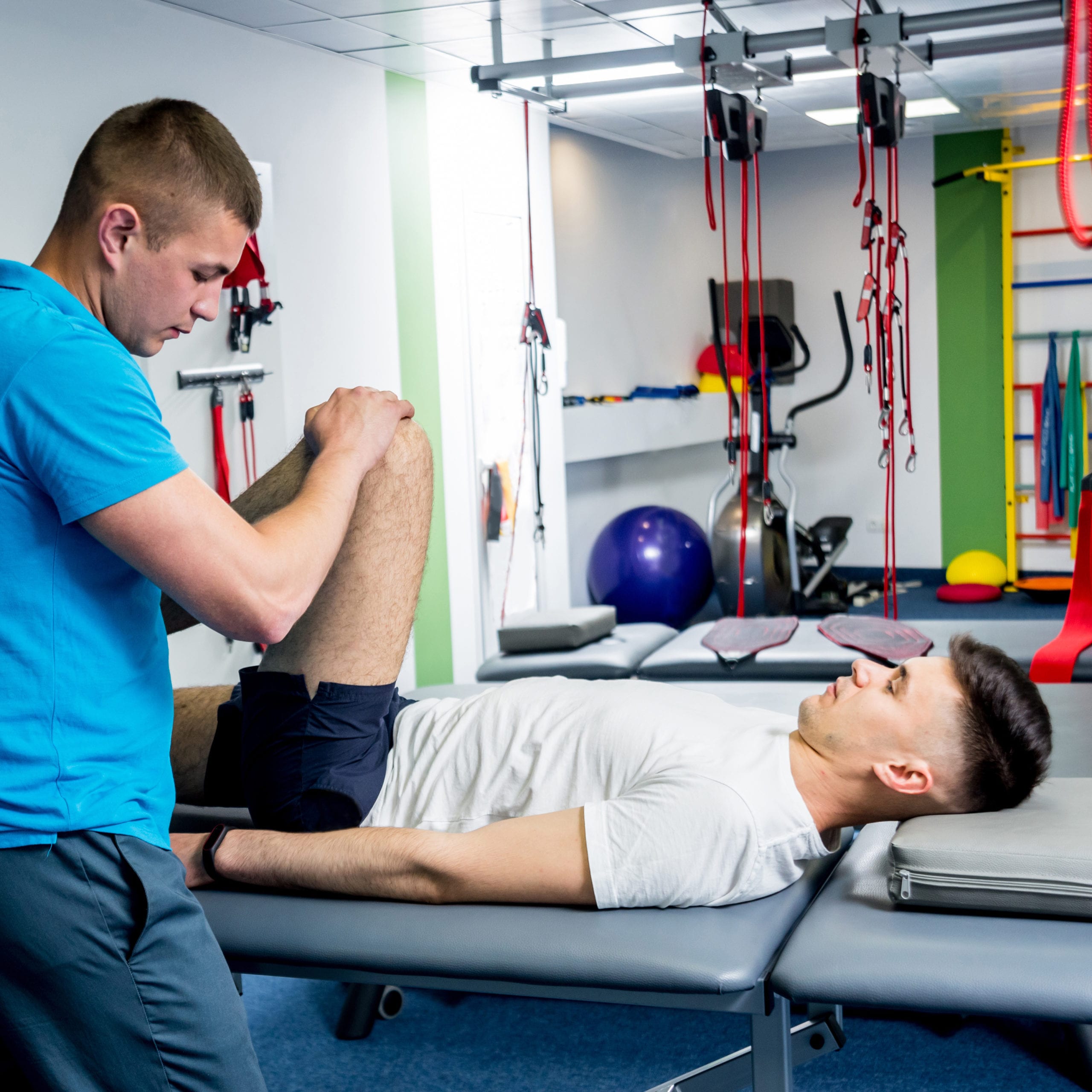As we grow older, the significance of preserving our body health becomes increasingly apparent. A lot of older adults find themselves facing obstacles related to physical mobility, pain management, and healing after injuries or operations. This is where physical therapy is vital in improving the standard of living for the elderly. It offers a route not just to healing but to improved strength, increased flexibility, and overall wellness.
Physical therapy is greater than recovering from injuries. site link covers a multitude of strategies and exercises designed to alleviate pain, improve mobility, and foster autonomy. Be it aiding a senior in recovering from a fall, managing chronic pain, or preparing for surgery, physical therapy gives valuable support personalized for individual needs. Grasping what physical therapy involves and how it helps older adults is crucial to empowering them to lead healthier and more active lifestyles.
Comprehending Physiotherapy
Physical therapy is a healthcare profession that focuses on enhancing physical function and boosting quality of life through evaluation, diagnosis, and treatment of movement disorders. It includes informing patients about their bodies and how to navigate to prevent injuries and boost overall mobility. Furthermore, physical therapists design personalized treatment plans that may include exercises, manual therapy, and the use of modalities like heat or electrical stimulation.
One of the primary goals of physical therapy is to relieve pain and recover functionality, making it essential for individuals rehabilitating from injuries, surgeries, or dealing with chronic pain conditions. Physical therapists utilize various techniques to ease pain, improve strength, and boost flexibility, which can lead to better performance in daily activities and enhance an individual's ability to participate in sports or other physical pursuits.
Moreover, physical therapy plays a crucial role in preventive care, especially for older adults. By concentrating on balance, coordination, and strength, physical therapy can significantly reduce the risk of falls and injuries in seniors. In addition to rehab, it encourages individuals to manage their health, promoting an active lifestyle that enhances overall wellness and independence.
Advantages of Physical Therapy

Physiotherapy delivers a variety of benefits that extend outside of recovering from injuries. One of the key benefits is pain management. Physical therapists collaborate with patients to develop individualized treatment approaches that include workouts, mobility activities, and techniques designed to alleviating discomfort. Many individuals dealing with chronic pain conditions find that consistent physical therapy significantly diminishes their pain levels and improves their overall life satisfaction.
Moreover, an key benefit of physical therapy is its role in enhancing mobility and flexibility. As patients age, they may face restrictions in movement resulting from tightness or injury. A physiotherapist can guide patients through specific exercises intended to enhancing range of motion and strength, which can promote greater independence in routine actions. This personalized approach not only supports in rehabilitation but also promotes a preventative lifestyle that allows patients to stay active and participating.
Also, physical therapy plays a crucial role in avoiding future injuries. Through teaching on proper body mechanics, correct posture, and tailored strengthening programs, clinicians help patients understand how to protect their bodies during numerous activities. This preventative focus is especially important for older adults and athletes, as it fosters long-term wellness by reducing the risk of falls, sprains, and additional injuries while encouraging wellness practices.
Physiotherapy for Unique Populations
Physiotherapy provides vital support for numerous special populations, including children, expectant mothers, and older adults. For youth, pediatric physical therapy focuses on growth benchmarks, helping them tackle challenges related to mobility and control. Tailored exercises can significantly enhance their physical abilities, enabling them to engage completely in daily activities and recreational activities. Moreover, early intervention through specialized programs can manage conditions like CP or developmental delays, promoting better overall health outcomes.
Pregnant women and new mothers also see significant benefits from physical therapy. Expectant mothers’ physiotherapy can help alleviate pains associated with pregnancy, such as lumbar discomfort and pelvic girdle issues. After childbirth, postnatal physiotherapy assists in restoring strength and addressing any issues related to childbirth. This customized approach not only aids healing but also enables mothers to regain their active lifestyles while ensuring their bodies adapt to the changes experienced during and post gestation.
For older adults, geriatric physical therapy plays a vital role in enhancing movement and reducing the risk of falls. https://telegra.ph/Pain-Relief-Strategies-Utilizing-Physiological-Therapy-02-28 with older adults to develop personalized exercise programs that focus on improving strength, balance, and flexibility. With age, the risk of accidents increases, but through focused interventions, seniors can preserve their independence and quality of life. The integration of physiotherapy into elder care helps seniors remain engaged and involved in their social circles, ultimately supporting their overall well-being and well-being.
